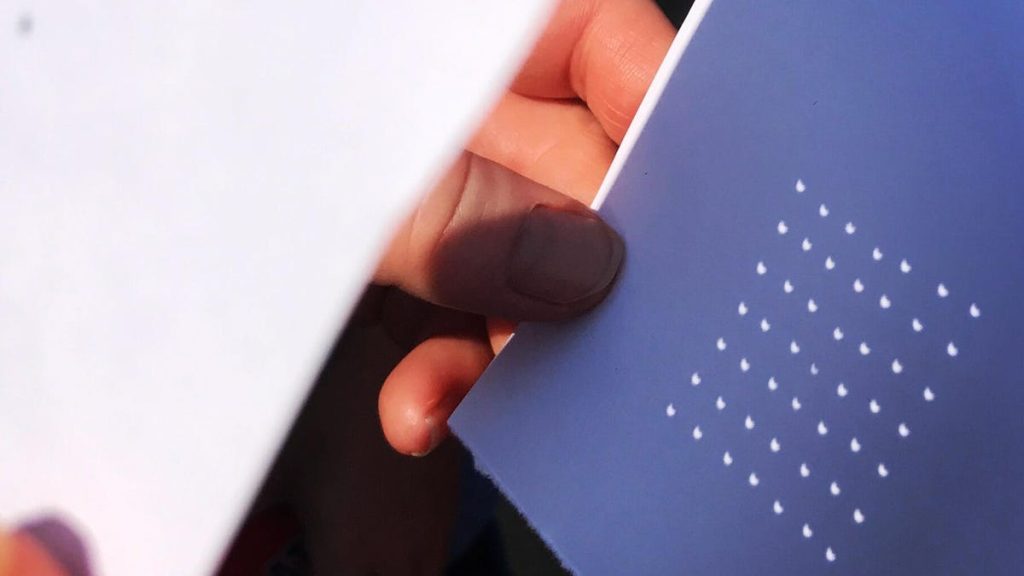Eclipse day has finally arrived, and if you have not yet purchased eclipse glasses to view the event, it may be too late for a last-minute dash to get a pair. However, there is still plenty of time to make a pinhole projector, which will allow you to safely observe the solar eclipse. To make a simple pinhole projector, all you need is a cardboard box, a sheet of white paper, aluminum foil, tape, scissors, a pen or pencil, and a pin or thumbtack.
To create the pinhole projector, start by tracing the bottom of the box onto the white sheet of paper and cutting out the rectangle. Tape this paper to the bottom of the inside of the box to serve as your projection screen. Then, close the top of the box and cut two holes along the right and left edges of the top panel. Cover one of the holes with a piece of aluminum foil and tape it in place. Finally, poke a hole in the middle of the foil to allow the sunlight to shine through.
To use your pinhole projector, take it outside and face away from the sun so that its light shines into the pinhole. Look through the uncovered hole on the box, and you will see the image of the sun projected onto the white paper inside the box. The size of the projected image will be larger if the box is longer. An easier alternative to using a box is to punch a pinhole into a sheet of paper and project the sunlight through that pinhole onto another sheet of white paper on the ground for group viewing.
While the image of the sun projected onto a white paper inside a box will be more vivid, using a simple pinhole projector on a sheet of paper works just as well if you have clear skies and bright sunshine on the day of the eclipse. This method allows you to safely view the solar eclipse without the need for eclipse glasses. With a little bit of preparation and creativity, you can enjoy this rare astronomical event and witness the beauty of a total solar eclipse.















